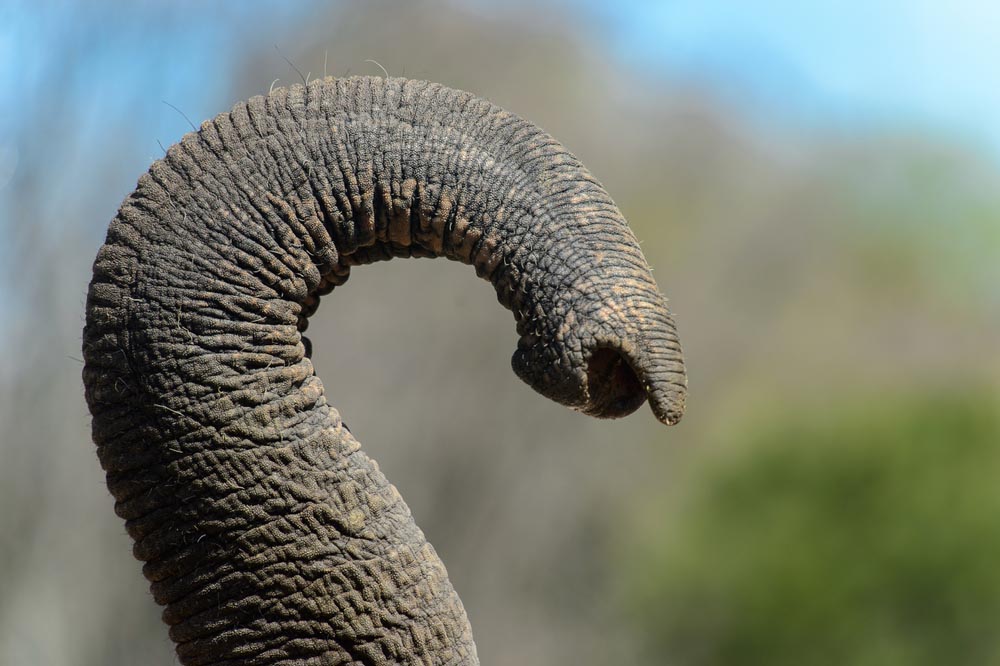As the largest land mammal on the planet, elephants eat a lot of food. On average, the giants consume more than 440 pounds of vegetation per day, or the equivalent of about two corncobs per minute. And now, scientists have figured out how the beasts are able to eat so much so fast. Elephants make joints with their trunks to press down on and scoop up food. Researchers say the discovery could even help engineers build better robots.
Elephants are massive, so they need a lot of sustenance. To fill their bellies, they graze on fruits, twigs, tree bark and roots for up to 18 hours per day. To house so much fare, elephants must manipulate their trunks in a way that’s efficient and adept at picking up as many pieces of food as possible at once. David Hu, a mechanical engineer and biologist at Georgia Institute of Technology in Atlanta, wanted to know how elephants accomplish such a feat since robotic manipulators face similar challenges.
To pick up piles of objects like heaps of sand, gravel or even food items like flour, robots tend to use a slide-and-sweep method. They typically lift the mounds of stuff with clamshell-shaped attachments that slide under the load like a dustpan. But, elephants take a different tactic. They use their trunks to squeeze piles of loose particles together into a solid object. Hu thought the pachyderm’s strategy could help engineers design robots that are better able to pick up multiple objects at once.
Elephant Engineers
To figure out how elephants pick up so much stuff at a time, Hu and his colleagues filmed a 34-year-old female African elephant from the Atlanta zoo as she consumed loads of carrots and rutabagas cut into differently sized cubes, as well as heaps of bran. They saw that to pick up the smaller pieces of food, the elephant created a joint in her trunk, bending her snout so that the far end formed a sturdy, vertical pillar she then used to push down on the food and compress into a solid nugget.
The researchers then measured the force she used to squeeze a pile of foodstuffs together. They found she applied greater force to smaller food pieces. To do so, she increased the height of the trunk pillar by making the joint higher up, closer to her face. For example, to pick up a 50-gram pile of wheat bran, the elephant used 47 Newton’s of force. In other words, the pachyderm exerted 100 times the weight of the pile to pick it up, the researchers report today in the Journal of the Royal Society Interface. The weight of the elephant’s trunk pillar contributed 28 percent of the force the pachyderm needed to compress the wheat brain pile into a solid lump. The researchers suspect forming the joint in their trunk may help elephants save energy when reaching for and grabbing food. They say the tactic may help engineers built more efficient robots.
